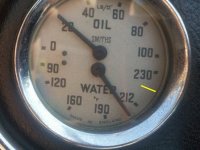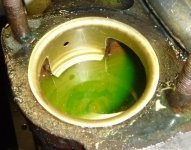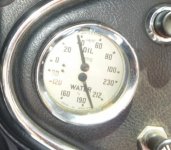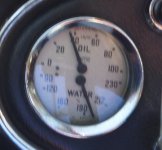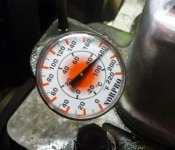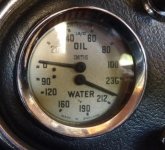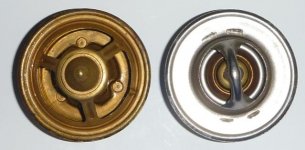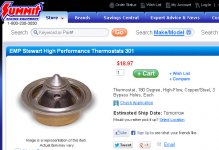Offline
I agree with Steve. I started with the sleeved thermostat, 6 bladed fan, and shroud from BCS. Didn't help. Then I looked in the radiator cap opening when the coolant was below the tubes and noticed several tubes were plugged with a clay-like substance. I removed the rad. and took to a re-core shop who took it apart and showed me that more than a third of the tubes were clogged. They put in a new core with 14 fins/inch, same number of tubes (3 rows). That solved the problem. Now it runs at normal temp. under all conditions.
Last edited:

 Hi Guest!
Hi Guest!

 smilie in place of the real @
smilie in place of the real @
 Pretty Please - add it to our Events forum(s) and add to the calendar! >>
Pretty Please - add it to our Events forum(s) and add to the calendar! >> 


